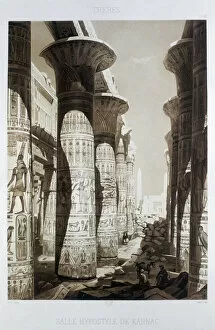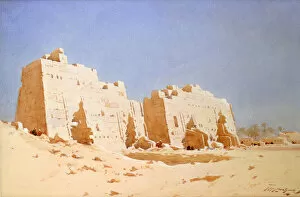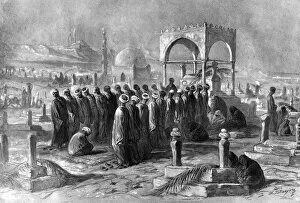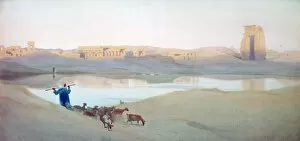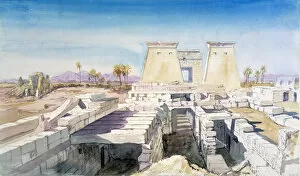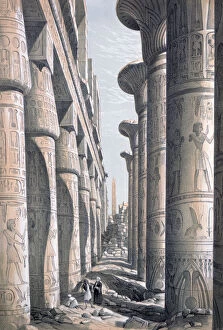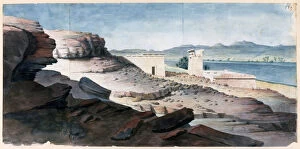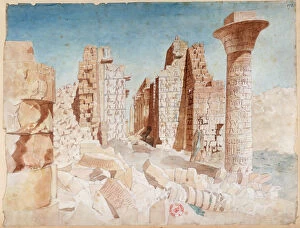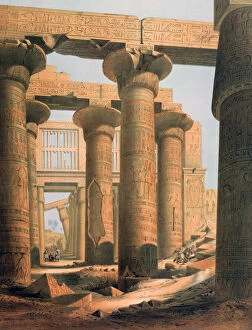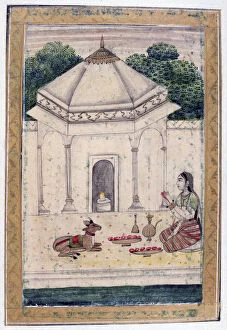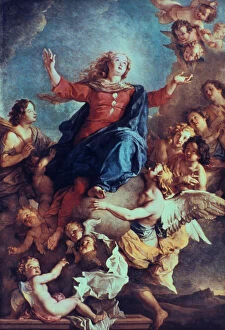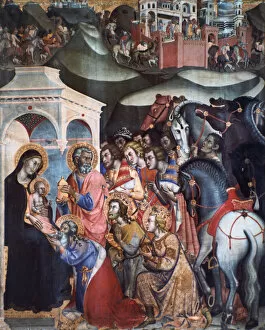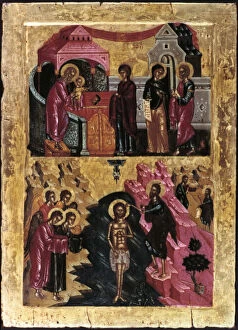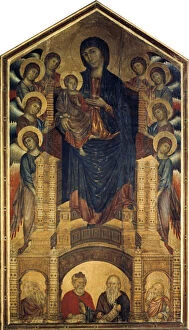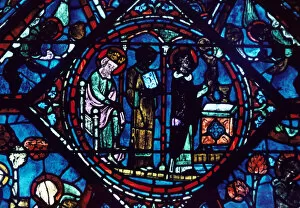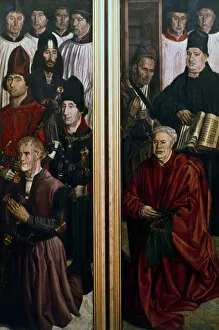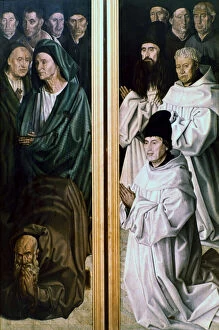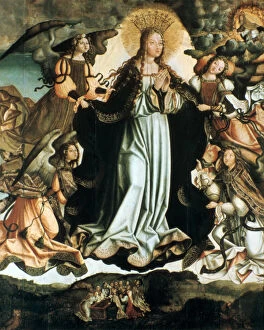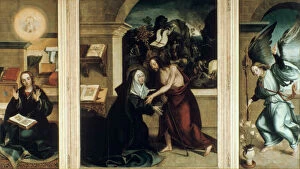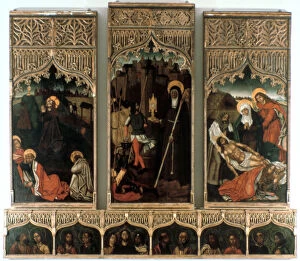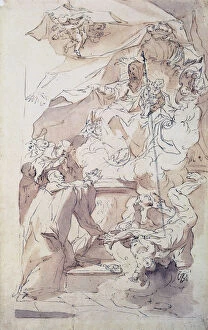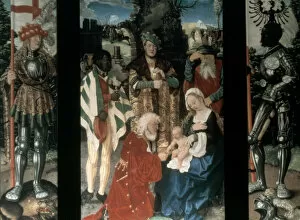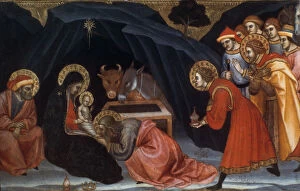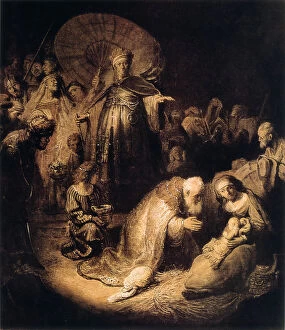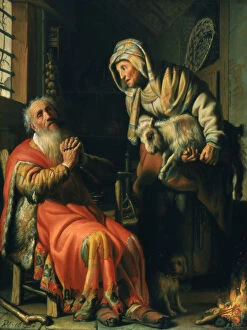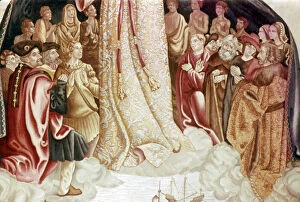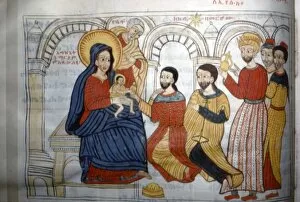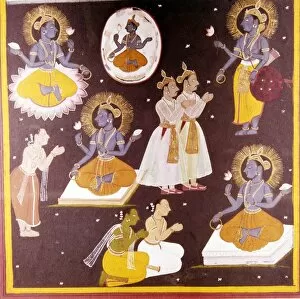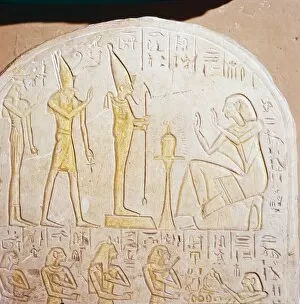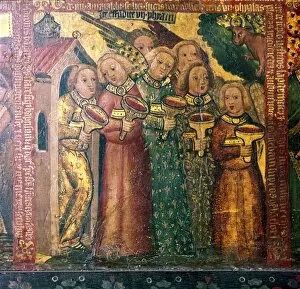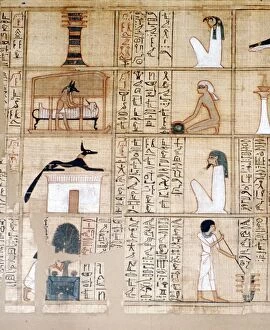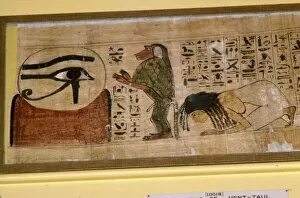Worshipping Collection (#33)
"Worshipping: A Tapestry of Devotion and Faith" In the realm of art, worship takes on many forms
For sale as Licensed Images
Choose your image, Select your licence and Download the media
"Worshipping: A Tapestry of Devotion and Faith" In the realm of art, worship takes on many forms. From the iconic Praying Girl captured by Roberto Ferruzzi in an Italian painting of the 19th century to the ethereal beauty of The Adoration of the Christ Child, where an unknown creator immortalized divine reverence. But worship is not confined to traditional religious imagery alone. It stretches its wings into realms that challenge our perceptions. Take Baphomet - Equilibrium of Opposites, a symbol that explores duality and balance within devotion. Throughout history, we witness acts of veneration across cultures and continents. In India, people bow before deities like Worshipping the God of Smallpox, seeking protection from afflictions that haunt humanity. Meanwhile, at Cathedral Our Lady Guadalupe in Puerto Vallarta, Mexico's vibrant colors blend with faith as worshippers gather under its majestic arches. From East to West, spirituality unites us all. Novice monks humbly pray at the feet of a Giant Buddha statue while Buddhist monks perform prayers and music in harmonious unison. Yet worship can also be a reflection on human nature itself. Charles-Joseph Natoire's The Rebuke of Adam and Eve reminds us how our actions shape our relationship with divinity. Nature becomes both sanctuary and altar for those who seek solace in prayer. As depicted by Charles JS Makin in The Sunset Prayer in the Desert; it captures a moment when silence embraces devotion amidst vast sands. And let us not forget Maurycy Gottlieb's poignant portrayal capturing Jews praying in Synagogue on Yom Kippur – their faces etched with deep introspection as they connect with their heritage through solemnity and repentance. Worship transcends time and space.

